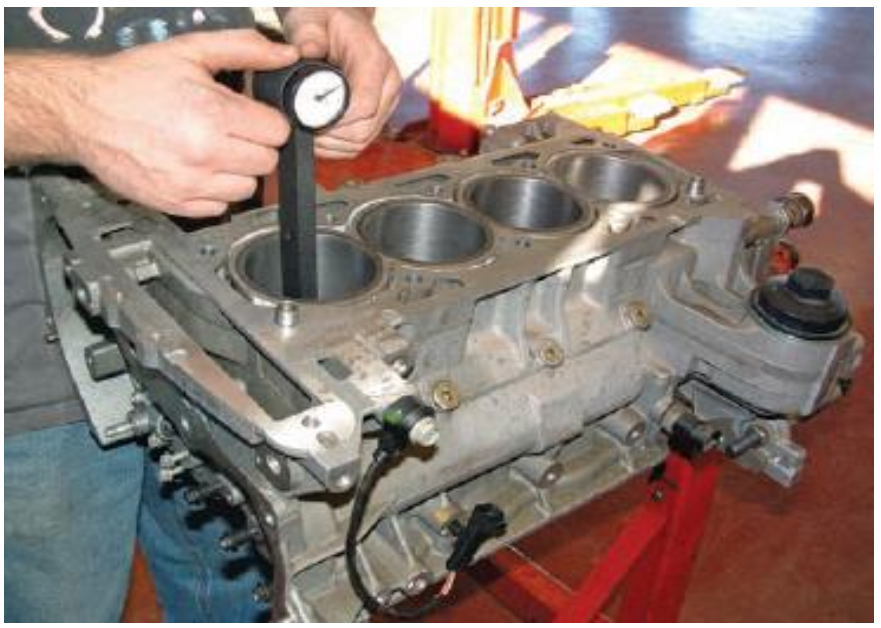Course Overview
Introduction
This module describes the skills, knowledge and attitude required to repair automotive engines under minimum supervision. At the end of this module, learners will be able to describe engine components, to maintain engine systems and to overhaul engines based on their types.

Source: Internet
Learning Objectives
At the end of the module the learner will be able to:
1. Describe automotive engine
2. Maintain engine systems
3. Overhaul engine
